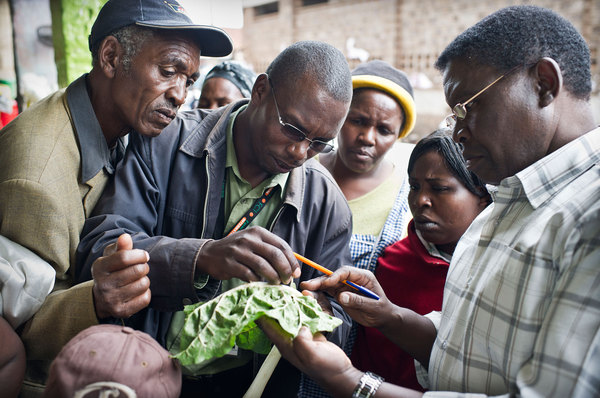Making the most of the knowledge bank: super searching
In the first post in this series about making the most of the Plantwise knowledge bank , we wrote about how to effectively search for content. I’m now here to tell you that we’d barely scratched the surface of smart searching! In this post we will delve further into effective searching, covering Boolean searches, word…
Making the most of the knowledge bank: which pests are in your country?
This is the fourth instalment in our series on the Plantwise knowledge bank in which we hope to demystify some of the key aspects of the knowledge bank. This week we’re focusing on pest and disease distribution. When accessing the knowledge bank for the first time, it is advisable to select the country or region…
Making the most of the knowledge bank: top tools and information
Welcome to the third in our series on making the most of the knowledge bank. This time we turn our attention to a section of the knowledge bank which contains a huge amount of valuable information but that is all too often overlooked – the Links to useful information and tools. This is which is where you’ll…
Making the most of the knowledge bank: 5 tips for smart searching
In the first of our series of blogs on ‘Making the most of the knowledge bank’, we dive straight in to the deep end with the site search! The search bar, found in the top right of all pages, allows you to search all content on the knowledge bank and browse the information in one easy…
Plantwise Vietnam training on data validation, processing and analysis
Reblogged from Vietnam Academy of Agricultural Sciences news During 3-day training workshop, participants learnt how to validate Plantwise diagnoses and recommendations and how to analyze data from Vietnam stored on the Plantwise Knowledge bank. This activity is useful and necessary for the staff working in plant protection because they can examine and evaluate skills and…
Factsheet of the month: February 2016 – Rotation against purple seed stain in soya
At the beginning of January, a new research centre opened in Benin, which aims to boost productivity and incomes of smallholder farmers, and create job opportunities. Researchers based at the Green Innovation Center, which has been funded by the Federal German Ministry for Economic Cooperation and Development (BMZ), will develop tools for training and improve frameworks…
Factsheet of the month: January 2016 – Blast in Paddy
Scientists from the University of Delaware, USA, have recently uncovered critical information about the effect that deadly rice blast fungus has on rice plants, which could lead to more effective effective control measures in the fight against this disease. The team found that Magnaporthe grisea, the fungus responsible for rice blast, causes an increase in…
Who owns open agricultural data?
This is an edited re-blog from an Open Data Institute (ODI) blog post published under Creative Commons BY-SA 2.0 UK license by Martin Parr, Head of Open Data at CABI. Follow Martin on Twitter. The Plantwise programme has developed a knowledge bank to share Good Agricultural Practice and a very high level of anonymised data about incidences of plant…
Open Data & Farming 101
by Ben Schaap, Tim Davies and Ana Brandusescu, GODAN What is open data? We all make decisions everyday based on different sources of information. Much of that information ultimately starts out as digital data. Open data is about changing the default, so that instead of being locked away for the benefit of a few, data…
Factsheet of the month: November 2015 – Using natural nematicide plants against banana nematodes
Researchers at Queen’s University, Belfast, have developed a new method to control the parasitic nematodes that devastate banana crops and cause billions of dollars of crop losses annually. It is hoped that this new technology will reduce these losses, boosting the incomes of subsistence farmers in developing countries. Nematodes are notoriously difficult to control, and…

